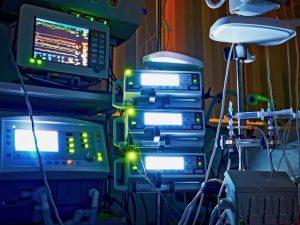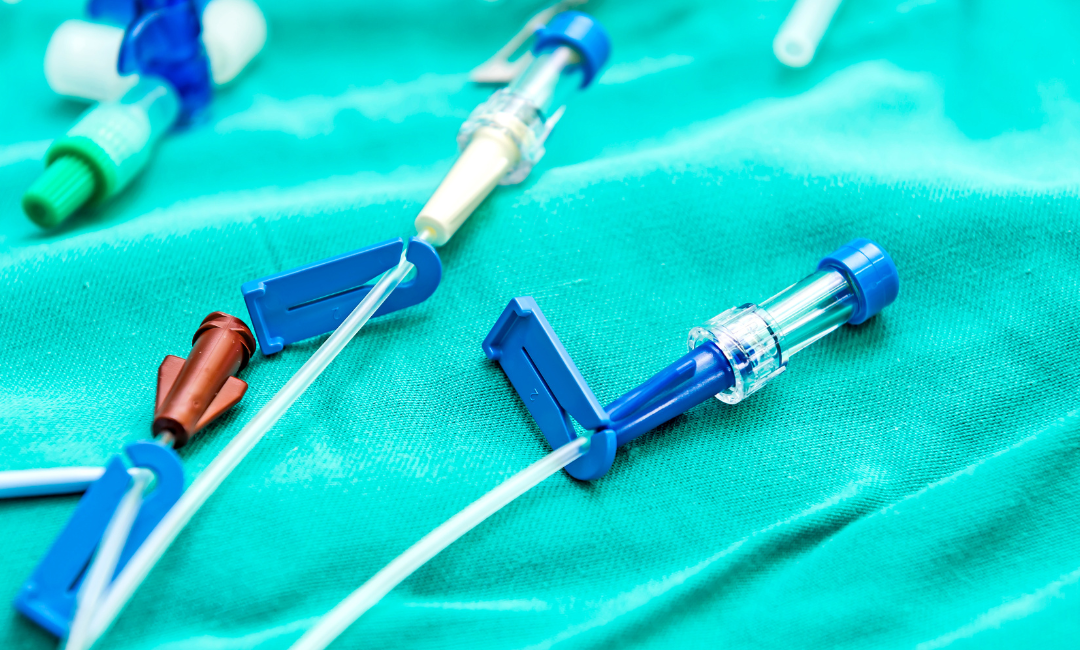What is Lactate?
Two forms exist in nature. L-lactate and D-lactate. L-lactate is the most abundant and more clinically significant. It is measured by the lactate sensors in a hospital’s clinical laboratory.
Most lactate metabolism occurs in the human liver. The lungs can produce lactate in cases of acute respiratory distress syndrome (ARDS).
When an imbalance occurs between oxygen delivery and tissue perfusion, irrespective of the underlying etiology, this results in increased lactate generation. The higher the levels, the greater tissue hypoxia and damage.
Elevated levels, not a direct measure of tissue perfusion, serves as a surrogate, and denotes poor tissue perfusion and oxygen debt, secondary to anaerobic glycolysis.
In the liver, the metabolism of L-lactate results in pyruvate secondary to L-lactate dehydrogenase.
D-lactate results from the fermentation in the gastrointestinal tract, by lactobacilli and bifidobacterial occupation in the large intestine. D-lactic acidosis (>3.0 mmol/L) is a metabolic derangement that can occur in patients with short-bowel syndrome.









